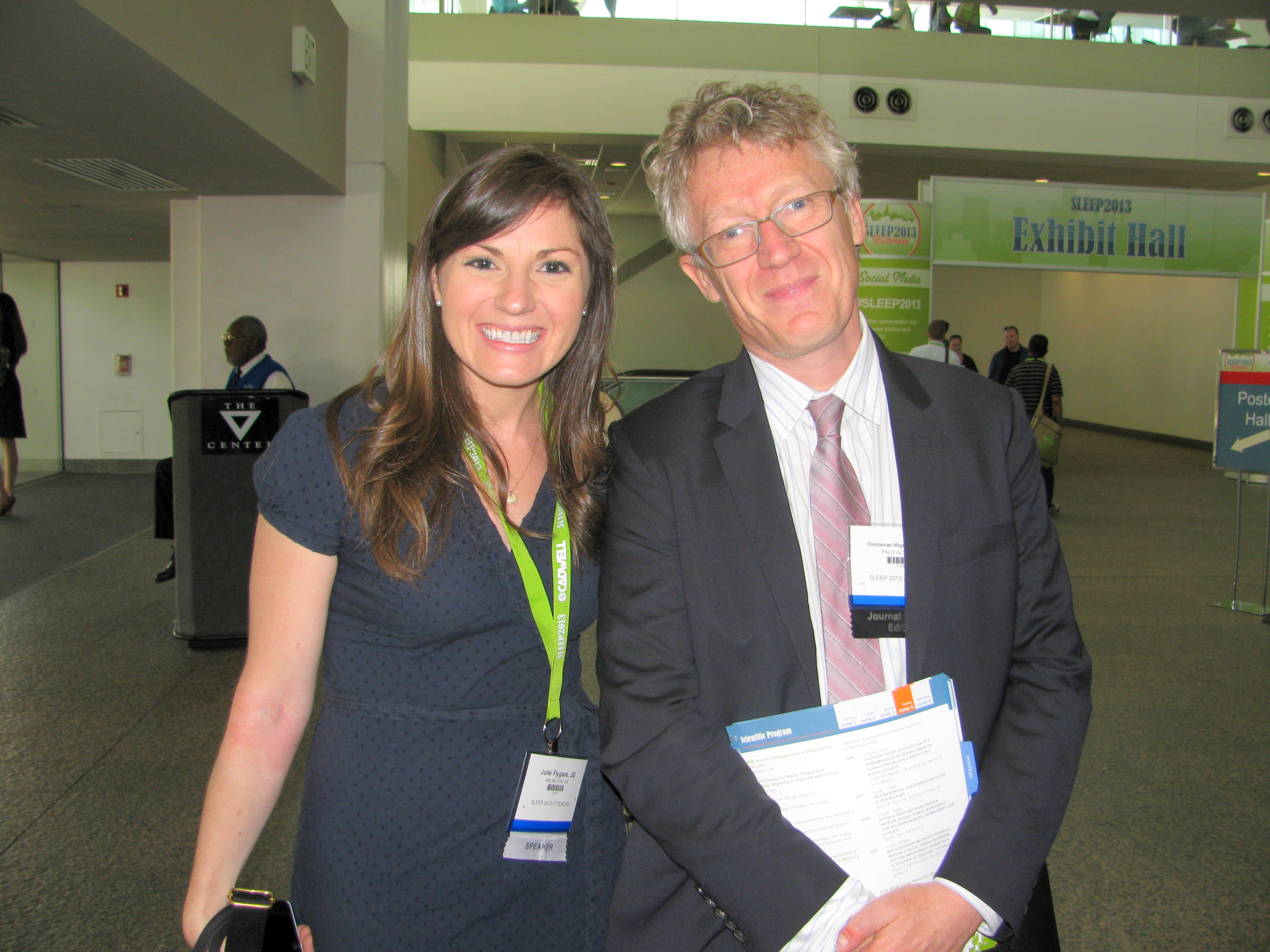By Alissa de Carbonnel
ST PETERSBURG, Russia (Reuters) - Iran will press ahead with its uranium enrichment program, its nuclear energy chief said on Friday, signaling no immediate change of course despite the victory of a relative moderate in the June 14 presidential election.
But once Hassan Rouhani takes office in early August, Tehran's current hardline team in nuclear talks with six world powers, led by Saeed Jalili who was a rival election candidate, is likely to be overhauled. Fereydoun Abbasi-Davani's tenure as head of Iran's atomic energy agency may be in jeopardy as well.
Speaking in Russia, Abbasi-Davani said that production of nuclear fuel would "continue in line with our declared goals. The enrichment linked to fuel production will also not change".
Speaking through an interpreter to reporters at a nuclear energy conference in St Petersburg, he said work at Iran's underground Fordow plant - which the West wants Iran to close - would also continue. Iran refines uranium at Fordow to a level that is relatively close to the threshold needed for atom bombs.
Iran says it is enriching uranium only to fuel a planned network of nuclear power stations, and for medical purposes.
But refined uranium also provides the fissile material for nuclear bombs if processed further, which the West fears may be Tehran's ultimate goal given that Tehran has a history of hiding some nuclear activity from U.N. anti-proliferation inspectors.
Abbasi-Davani said Iran's only existing nuclear power plant - which has suffered repeated delays - had been "brought back online" three days ago and was working at 1,000-megawatt capacity. A U.N. nuclear agency report said in May that the Russian-built Bushehr plant was shut down, giving no reason.
"Thankfully in the last days, no concrete defects with the plant have been reported to me," Abbasi-Davani said.
Hopes for a resolution to the nuclear dispute were boosted this month with the election as president of Rouhani, who has promised a more conciliatory approach to foreign relations than confrontational predecessor Mahmoud Ahmadinejad.
NO FORDOW CLOSURE
As chief nuclear negotiator under reformist President Mohammed Khatami from 2003 to 2005, Rouhani struck a deal with European Union powers under which Iran temporarily suspended uranium enrichment-related activities. They were resumed after Ahmadinejad was elected in 2005 and have been sharply expanded.
Jalili, the current chief negotiator, has espoused a "no compromises" stance that was derided even by other conservatives in the election campaign for failing to yield any progress in talks, triggering ever more punishing sanctions against Iran.
Asked whether there would be any change in Iranian policy after Rouhani's election and whether it could suspend 20 percent enrichment, Abbasi-Davani said Iran's nuclear program was aimed at producing electricity and medical isotopes only.
"In line with these two goals of course the production of energy will not stop," he said. Fordow is under the monitoring of the U.N.'s International Atomic Energy Agency, he said. "We will of course continue our work at this centre."
Iran's theocratic supreme leader, Ayatollah Ali Khamenei, said on Wednesday the nuclear stand-off could easily be resolved if the West were to stop being so stubborn.
While accusing the West of being more interested in regime change than ending the dispute, Khamenei did express a desire to resolve an issue which has led to ever tighter and more damaging sanctions on Iran's oil sector and the wider economy.
But analysts say it remains uncertain whether Iran with Rohani as president will be more amenable to the demands of world powers that it halt its most sensitive enrichment, to a fissile concentration of 20 percent, and stop work at Fordow.
The hardline Khamenei wields ultimate control over Iranian nuclear policy, although the president has important influence.
Abbasi-Davani also said Iran would soon give to the Vienna-based IAEA a list of planned nuclear reactor sites. He spoke in front of a model of the Bushehr reactor at the Islamic state's stand at the nuclear industry fair in St Petersburg.
(Additional reporting by Marcus George; Writing by Fredrik Dahl; Editing by Mark Heinrich)
Source: http://news.yahoo.com/iranian-official-signals-no-scaling-back-nuclear-activity-114645824.html
fidel castro rick santorum ozzie guillen castro comments phish






